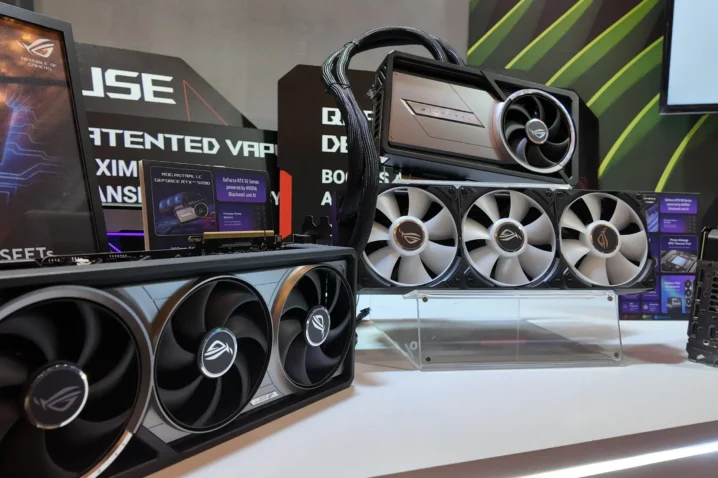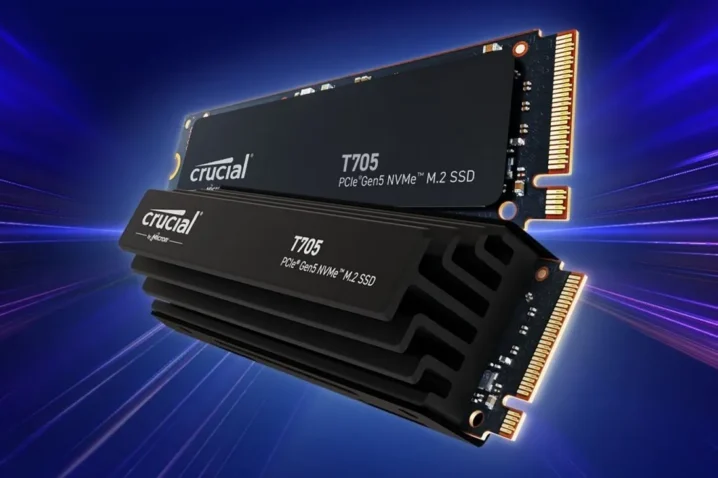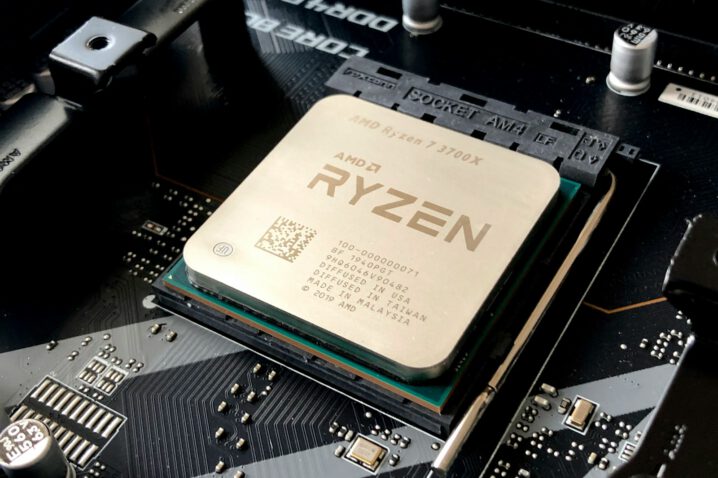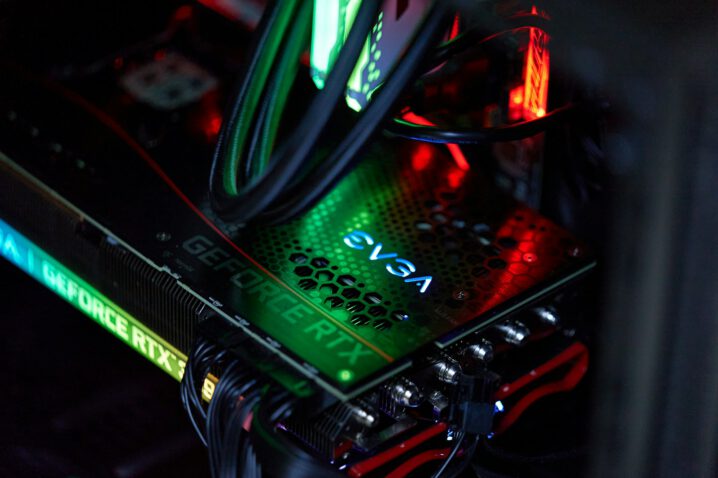The Intel Gaudi 3 AI accelerator is a high-performance AI accelerator designed for large-scale data center deployments. It features 64 programmable Tensor Processor Cores (TPCs), eight Matrix Multiplication Engines (MMEs), 128GB of HBM2E memory, and 96MB of SRAM, all built on a 5nm process technology. Intel Gaudi 3 is available to original equipment manufacturers (OEMs) in the second quarter of 2024, according to Intel’s announcement.
Key Features and Benefits:
- High Performance:Gaudi 3 offers up to four times the AI compute power of its predecessor for BF16 workloads, and a 1.5x increase in memory bandwidth.
- Scalability:Designed for scalable deployments from single nodes to mega-clusters with thousands of nodes, says Intel.
- Open and Flexible:Utilizes open, community-based software and industry-standard Ethernet networking, allowing for a wider range of integration and development options, according to Intel.
- Competitive Pricing:Gaudi 3 is positioned as a cost-effective alternative to solutions like Nvidia’s H100, offering similar performance at a lower price, says Tom’s Hardware.
- Optimized for GenAI:Designed to accelerate generative AI workloads, including large language models and multi-modal models.
- Availability:Available through IBM Cloud Virtual Servers for VPC cloud instances and also in partnership with OEMs like Dell, Hewlett Packard Enterprise, Lenovo, and Supermicro.






